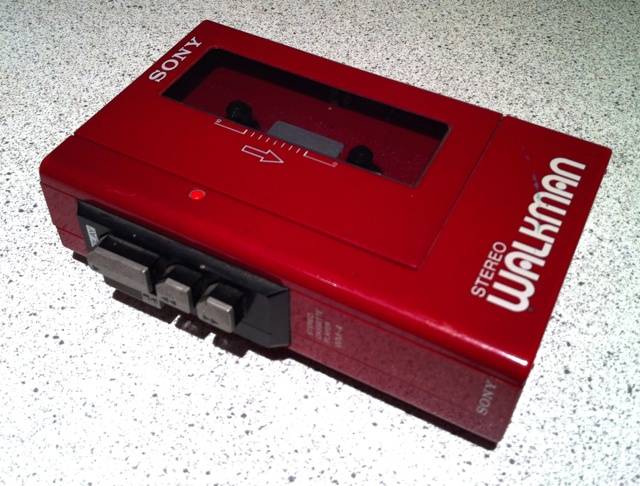 With no idea what to expect, but assuming that I would wind up with some dry paperwork of census reports or something of the like, I was very surprised upon requesting Box 20 of the Vancouver Status of Women fonds (call code RBSC-ARC-1582 if you would like to take the files out from Rare Books and Special Collections yourself!) to discover that they were absolutely stuffed with newspaper articles.
With no idea what to expect, but assuming that I would wind up with some dry paperwork of census reports or something of the like, I was very surprised upon requesting Box 20 of the Vancouver Status of Women fonds (call code RBSC-ARC-1582 if you would like to take the files out from Rare Books and Special Collections yourself!) to discover that they were absolutely stuffed with newspaper articles.
Scores and scores of newspaper articles – with a few exceptions (like a Report on Canadian Poverty Statistics for women and a Pensions Report from 1981) almost all of the files were filled with carefully arranged clippings. What I mean when I say carefully arranged is not that the content was not that the articles were annotated, or that there was any sense of formal dialogue written in the content itself – the articles were sparingly labeled, with perhaps a very small bit of commentary or other information – but by and large the most telling thing about the pieces was their organization. Each folder was carefully labelled, and while some were much larger than others, they all were arranged and labelled around a very specific critique of female representations. The folders I carefully recorded and paged through were file 20-1 Sexism in Education, 20-2 Sexism in the Legal Profession, 20-3 Sexism in the Media, 20-4 Sexist Put-downs and Sexual Harassment 1978-79, 20-5 Sexist Ads. After realizing I didn’t have the time or patience to go through each and every one of the 40+ files in the box, I singled out a few more that caught my eye, pertaining to titles like Social Credit, Single Parents, Sexuality, Women in Sports, Survival, Stewardesses, Tokenism, Taxation, Unions, Trudeau, and Mayor of Vancouver – and that’s really just a quick survey.
The impatience that I felt flipping through these articles was disconcerting. Part of what made me uncomfortable was that going through an entire box of sexist newspaper clippings was time consuming, but also that it was upsetting that there were that many of them. You need to understand, this box was full. Full of articles that through casual skimming on my part still managed to amounted to a sensation of something like damning: damning the writers for writing sexist content, damning the editors and publishers for producing it, and damning the institution of media on the whole, with the evidence in this box of carefully curated injustices. All this I got from the single box I looked at, which spanned from the early 70s to the late 80s.
From an analytical standpoint, the breadth of the articles was fascinating – some were very blatantly sexist, while others insidiously so, to the point where it took me a couple reads to figure out why it was in there. While it was upsetting to see that many articles from mainstream papers all in one place, it was also interesting to see a clear example of the kind of archive that Shaunna Moore and Susan Pell talk about in their article “Autonomous Archives.” They define this idea of the marginalized archive as “Counter-publics [which] highlight alternative oppositional spaces in which marginalised groups construct collective identities and discourses apart from dominating groups” (Moore and Pell 256). Seeing mainstream news media clippings from papers across BC, Alberta, Saskatchewan, and Manitoba re-purposed into an archive that brings to the fore the perpetration of conscious and unconscious acts of sexism (and worse) was extremely powerful. Knowing too that the newspaper clippings that I found in Box 20 are likely also kept in an archive of the paper that originally printed it made me very conscious of the fact that these archives represent very different narratives, even if they were not compiled with this intention.
The juxtaposition of the different contexts of these archives sort of provides a narrative in itself, which I instinctively gravitated to in my anger at the injustice of sexism, but once I got over my initial impulse of frustration, I also wanted to look beyond my emotions in my academic mission to analyze the archive without imposing my personal narrative. I don’t know that these two things can be fully rectified, but I think it might be interesting to keep trying.
VSW (Vancouver Status of Women) is alive and well for 44 years now – check them out at their website
Moore, Shaunna and Susan Pell. “Autonomous archives.” International Journal of Heritage Studies 16.4 (2010):255-268.
Images by starsusask.blogspot.ca and fredacentre.com


